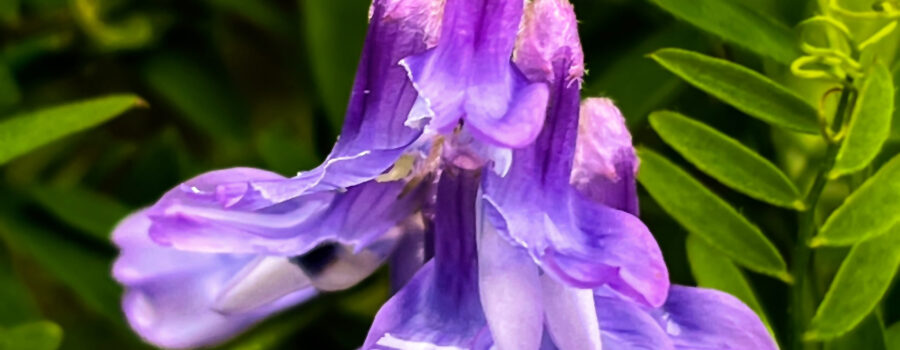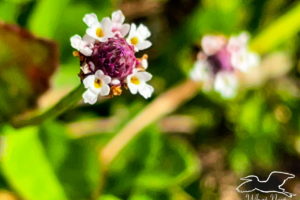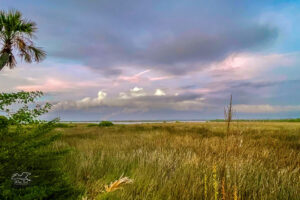Cow Vetch is a Highly Useful and Beautiful Weed

Part of the amazing beauty of the southern Alaskan coast has to be credited to it’s gorgeous plant life. The mountains, rocky cliffs, glaciers, and colorful tundra are definitely also contributors, but none of those would be as stunning without the lush vegetation. Along with lots of tall, white spruce, pine trees, and willows, the rainy weather encourages growth of a thick understory as well. At one of the places where we went for a hike I was very taken with the plants with gorgeous purple flowers. It wasn’t something that I was familiar with, but I took some photos for later identification. It turns out that these pretty flowers were cow vetch (Vicia cracca). It can also be called blue vetch, bird vetch, tufted vetch, or boreal vetch. It’s a member if the pea family (Fabaceae), and like other members of the pea family it is edible and is often used for cattle forage. It’s native to arctic and subarctic Europe and Asia, but is common in Canada and the northern United States as either a naturalized species or an invasive species.

Being a good cattle food is not the only benefit to having cow vetch around. Many people use it as an ornamental, and it is easy to grow, even for those without much of a green thumb (like me!). It’s very hardy and can survive temperatures as low as -35 degrees Fahrenheit as well as being resistant to most diseases and fungi. It’s also a great green manure since it fixes nitrogen just like most peas do. The bright purple flowers are very attractive to many pollinators, but are especially enticing to bumble bees. Finally, it makes a great ground cover, especially in disturbed areas. I found that to be particularly interesting since the place where I found it was on the slope that was produced by the large earthquake that hit Anchorage on March 28, 1964. By now, of course, the slope is fully covered in native plants and trees, but cow vetch and other ground covers were the first plants to begin growing and stabilizing the soil so that other things could get a foothold. Some of those initial ground covers, like a few cow vetch plants, still survive to this day.





Recent Comments